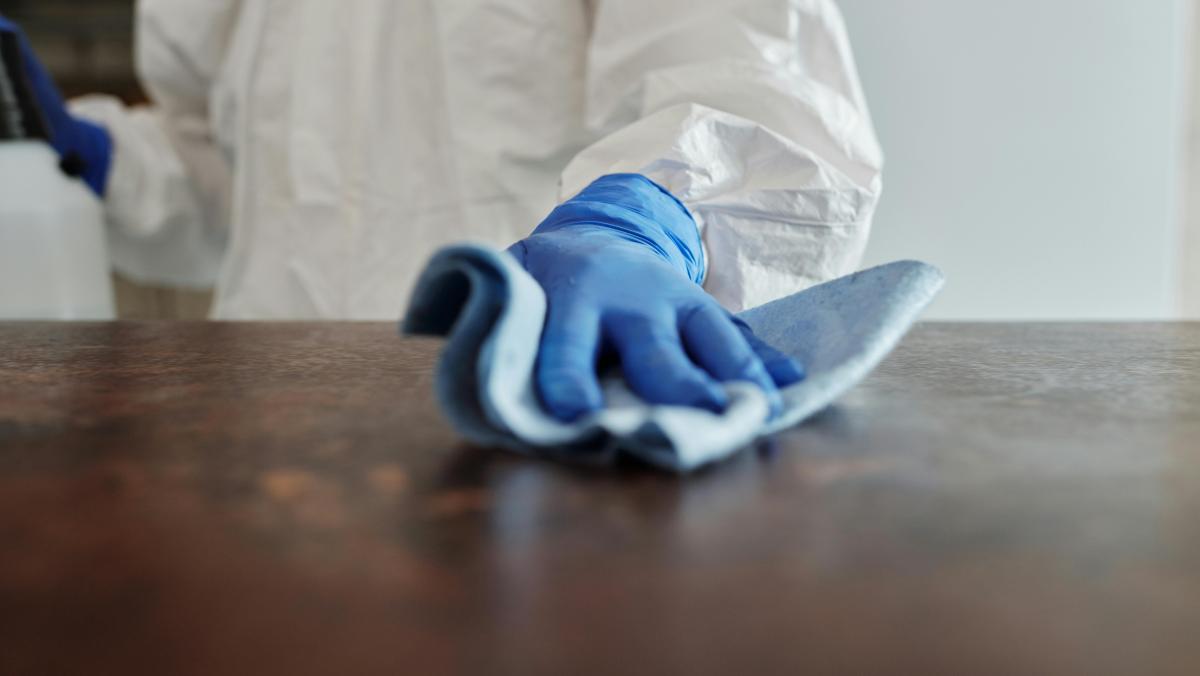Maria Nieto-Rosado, DPhil student, University of Oxford and Dr Kirsty Sands, Scientific Lead at the Ineos Oxford Institute for antimicrobial research (IOI) write about the importance of infection prevention and control to limit the spread of antimicrobial resistance across the world.
Last year, we found presence of bacteria carrying antibiotic resistance genes in hospital surfaces such as sinks, medical equipment and ward furniture in six low-and-middle income countries. We found that 18 different bacterial species were carrying carbapenemase resistance genes. Carbapenems are important last resort antibiotics used when other medicines no longer work to treat an infection. These bacterial species included Klebsiella pneumoniae and Acinetobacter baumannii, which can cause pneumonia, urinary tract infections and blood infections, and can be highly resistant to antibiotics.
A recent study conducted by the University of the Balearic Islands and Hospital Son Llàtzer in Spain has also found the presence of bacterial species in the drains of a modern university hospital built in 2001 in the island of Majorca. Researchers identified a total of 67 different species from drains. Dominant across wards were six Stenotrophomonas species as well as Pseudomonas aeruginosa, a pathogen known to cause ventilator-associated pneumonia and sepsis, and which is characterised by the World Health Organisation as one of the greatest threats to humans in terms of antibiotic resistance.
This latest study, together with other studies, emphasises that the colonisation of hospital surfaces with antibiotic resistant genes is not limited to resource-limited settings. It is a global problem that requires up-to-date and tailored infection prevention and control (IPC) guidelines.

Infection Prevention and Control
The colonisation of hospital surfaces by antimicrobial resistant gram-negative bacteria (GNB) may play a role in hospital acquired infections. Antimicrobial resistant bacterial reservoirs that are not completely removed during cleaning and disinfection pose an infection risk, as transmission from surfaces to vulnerable patients may occur. Bacteria can grow into biofilms - a layer of bacteria attached to each other and/or a surface - which increases their ability to persist after cleaning/disinfection.
If bacteria survive, persist and disseminate across hospital surfaces, movement of bacteria can occur to (and from) healthcare workers, and to (and from) patients. Patients with extended hospital stays may therefore be at greater risk of hospital-acquired infections and, if the bacteria being transmitted and causing an infection are resistant to different classes of antibiotics, treatment options may be rendered inefficient. Currently there are limited evidence-based approaches in existing IPC guidelines that aim to prevent and control colonisation of these bacteria.
The ‘hospital microbiota’, or the amount and type of bacterial colonisation, varies between hospitals, suggesting IPC guidelines should be tailored at a hospital level – this also advocates the benefit of enhanced and routine screening. Bacterial cell colonisation and attachment to surfaces is likely complex, and cleaning or disinfecting surfaces may be more effective at removing certain bacteria over others. Could this be leaving more resilient pathogens carrying antimicrobial resistance genes on surfaces to then further survive, form biofilms, and potentially disseminate to other surfaces or patients?
As bacteria have been shown to persist on surfaces for months, bacterial reservoirs are a global problem, not a concern restricted to low-resource settings. AMR bacteria might be introduced to clinical environments from patients who are already colonised with certain bacteria, through visitors and staff in the hospital, or through other vehicles (including insect pests). Often, the introduction and spread of AMR bacteria in densely populated environments such as hospital wards is complex and multifactorial. These bacterial reservoirs are not just a risk for patients. Family visitors and healthcare workers could also be leaving hospital environments carrying antibiotic-resistant bacteria.

Stakeholder and government investment and support is required to understand what IPC interventions are most effective, sustainable and manageable in different resource settings. Organisations including The World Health Organisation, U.S. Centers for Disease Control and prevention (CDC), Infection Control African Network (ICAN) and organisations in South Asia, such as World Health Organization (WHO) South-East Asia Regional Office (SEARO) and National Institute of Health (NIH) in Pakistan, promote patient care and IPC awareness. To address antimicrobial resistance, the UK’s action plan (2024 to 2029) has four major themes; reduce the need, optimise the use, invest in innovation, supply and access, and to be a good global partner.
At the Ineos Oxford Institute for antimicrobial research, we characterise the bacteria colonising patient care equipment and hospital surfaces, and in particular β-lactamase- and carbapenemase-producing bacteria. Building on the importance of Klebsiella pneumoniae in neonatal sepsis in low- and middle-income countries in particular, we are analysing Klebsiella pneumoniae recovered from different hospital surfaces. We perform genomic epidemiological approaches and phenotypical evaluations to determine whether correlations exist between Klebsiella pneumoniae biofilm formation on different surface materials and the impact cleaning and disinfectant products have at reducing this microbial load. Innovative approaches are now required to identify, understand and combat these reservoirs to reduce the risk to patients – and neonates are particularly vulnerable.
Read the full paper on how we found antibiotic resistant bacteria in 10 hospitals across six countries in Nature Communications here:
